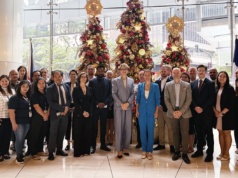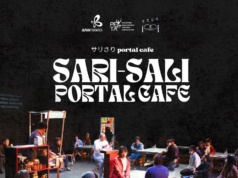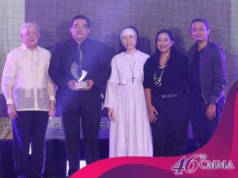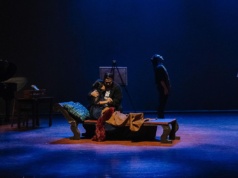For close to five decades, the Philippine International Convention Center has been a witness to history — and to the personal stories of the generations of Filipinos, local and foreign dignitaries, and guests who have walked through its halls and venues.
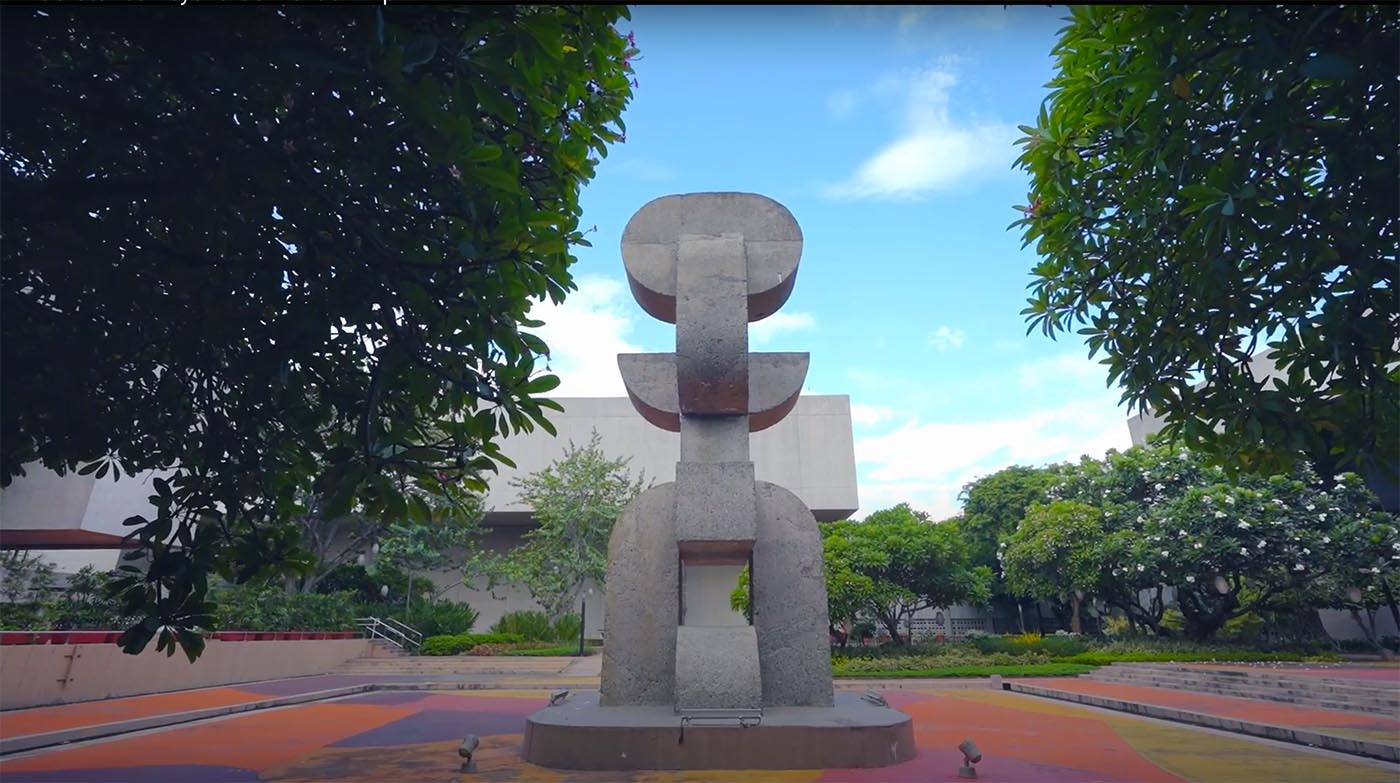
Listening to individuals who have witnessed the PICC’s evolution, one comes to realize that for every celebration, every milestone, and every important gathering within, the PICC holds its own story. The Filipino people stand as witnesses to how it has become what it is today – and what it has come to mean to the country.
In its 47th year, the story of PICC is told from the perspectives of three leading personalities who have experienced its flourishing: Leandro “Andy” Locsin Jr, Administrator and Design Consultant of Leandro V Locsin Partners, shares his viewpoint on the architectural landmark; Paolo Valenciano provides his take on the PICC as a live event producer and creative director; and National Museum Director Jeremy Barns emphasizes the PICC’s place in Philippine art, culture, and history.

Locsin himself witnessed the creation of the PICC from a unique lens. First, as the son who visited the prestigious structure designed by his father, National Artist for Architecture Leandro V. Locsin, and then as a professional steeped in an intense understanding of the principles of space and design employed within. He enthuses over the different architectural techniques that make the PICC such a masterpiece:
“When you walk into the building, and you approach those steps, you’re compressed by that overhang, by the cantilever. You feel that you’re being squeezed, and the moment you walk through the door, suddenly, the space just explodes into the lobby. This modulation of compression and explosion is an architectural approach that brings incredible drama to a space.”
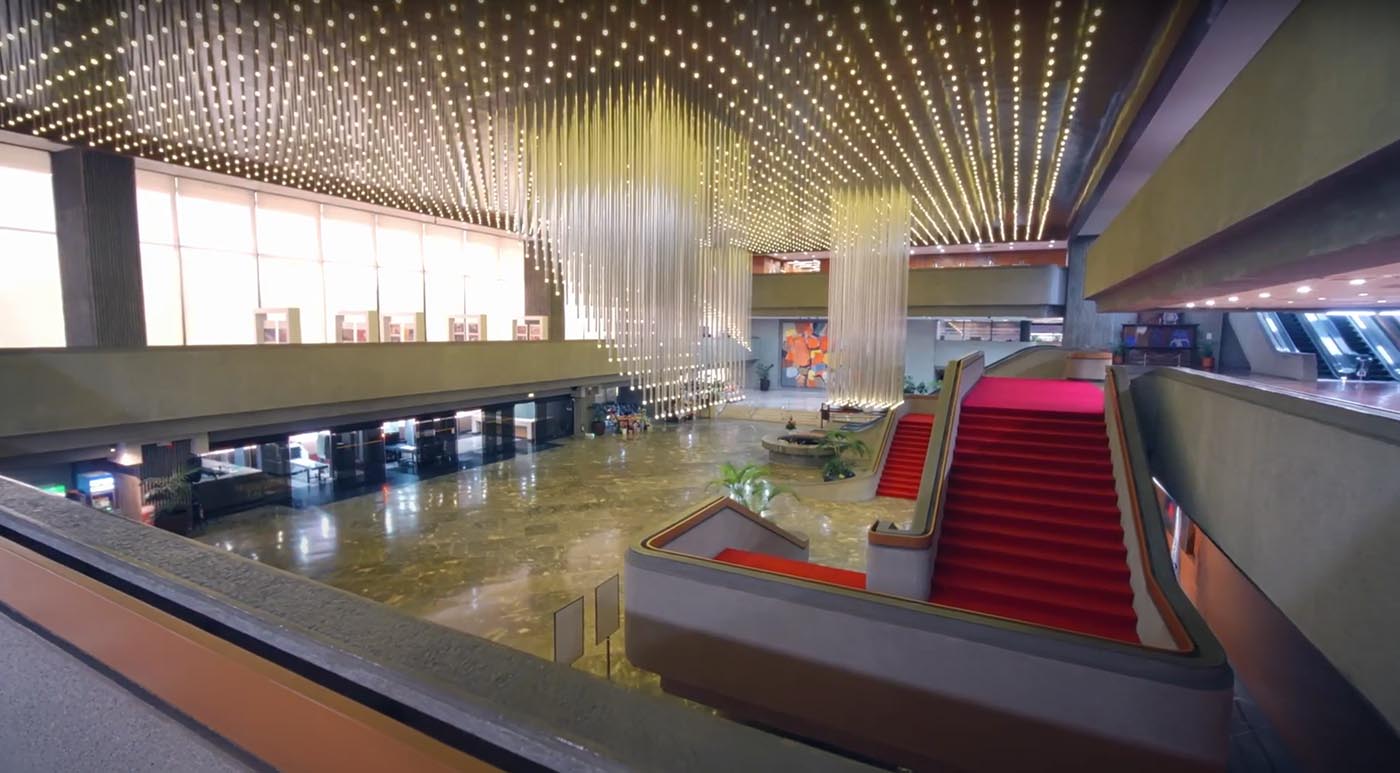
He also expressed appreciation for the people responsible for diligently maintaining the PICC complex over the years. “Hats off to them,” he says, “because they’ve kept the building in such good condition.”
Valenciano shares a dual perspective, having experienced the PICC as an event participant and then later as an event director who utilizes the space to create impactful experiences:
He remarks, ”When somebody pitches (that this event) is gonna be at the PICC, there is a level of prestige to it. You know that it’s gonna be comfortable for us — the production — because one thing that I really appreciate about this place is that it is very comfortable for production people. There’s a lot of space, it’s pretty to look at, you’ve got the art everywhere.”

Barns sums up and ties up the significance of the PICC as part of our nation’s trove of treasures. He says, “Philippine art is certainly something that Filipinos can be proud of. One really noteworthy example of that is the Philippine International Convention Center.”
As part of the institution that declared the PICC and the art within as a National Cultural Treasure, Barns continues, “It aimed to establish something truly international. And what is remarkable when it was inaugurated is still there, still impactful, powerful, and accessible.”
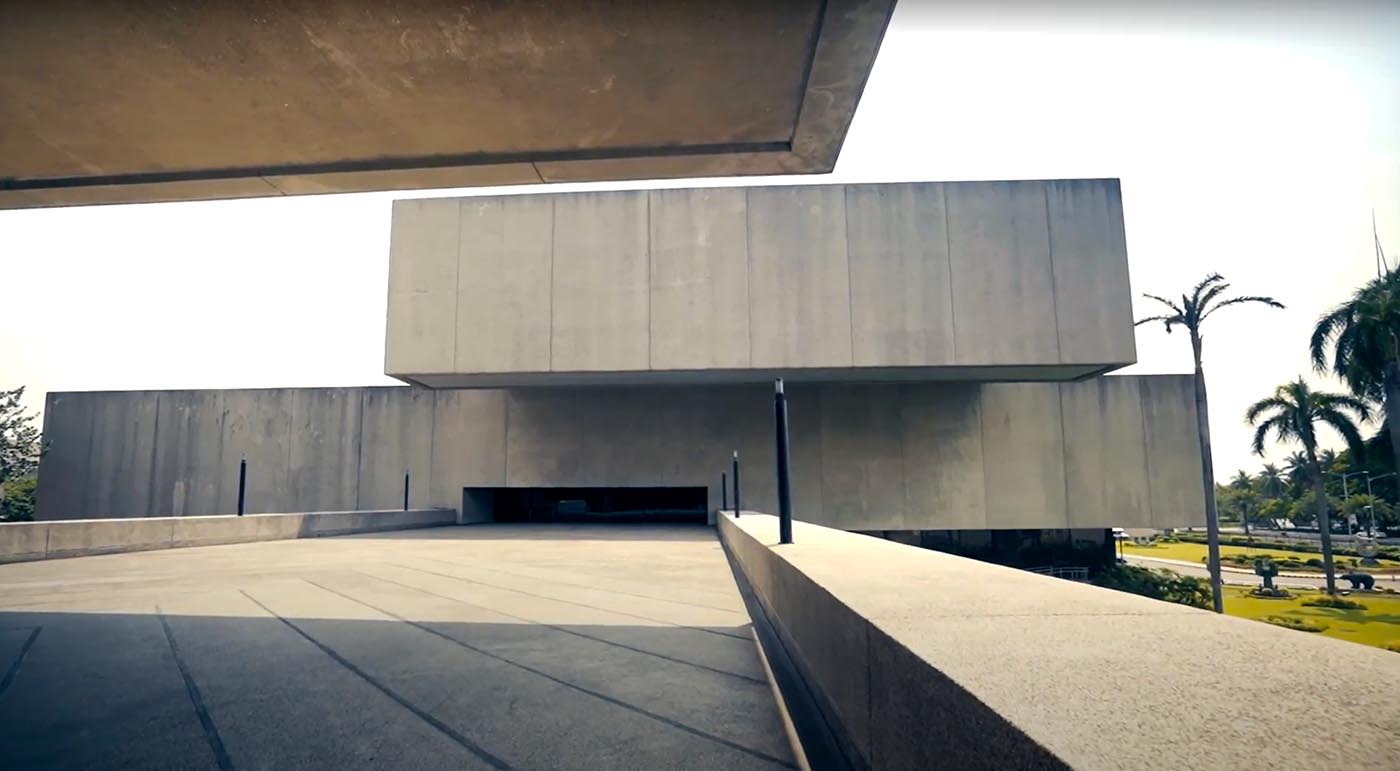
The PICC continues to shine as a world-class MICE (Meetings, Incentives, Concerts, Exhibitions) destination full of heritage, art, and history. It is both a powerful and accessible experience for Filipinos and their guests, standing as a testament to the best of Filipino creativity, with its own story to tell. That makes the PICC a venue beyond convention indeed.
View the stories of Mr. Andy Locsin, Director General Jeremy Barns, and Mr. Paolo Valenciano in the video above.





